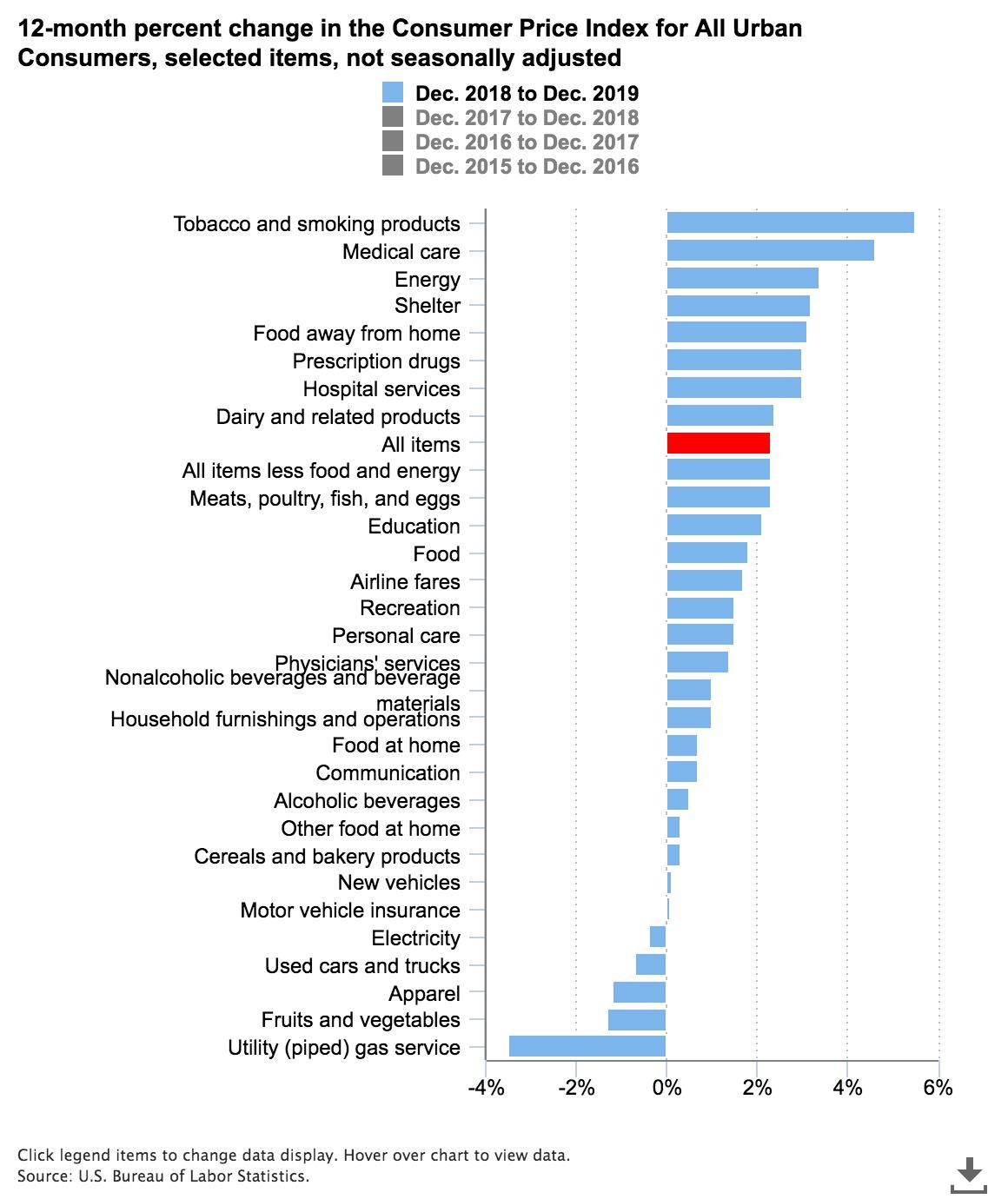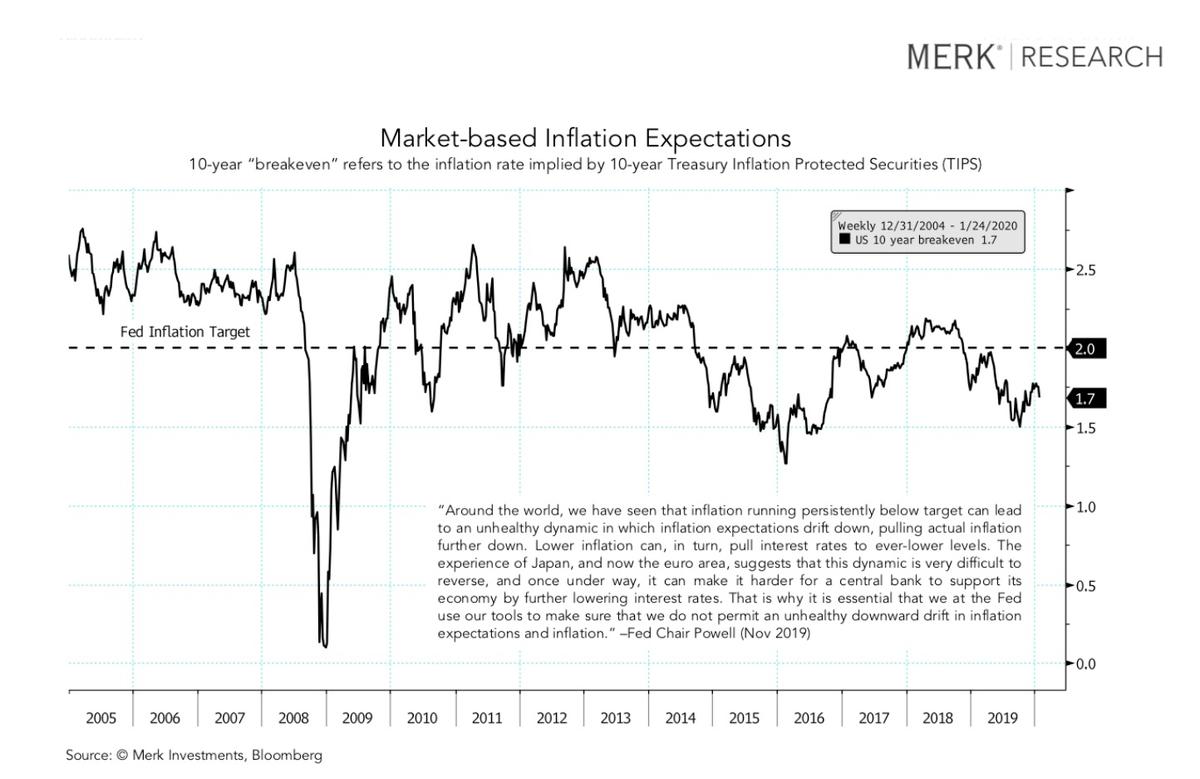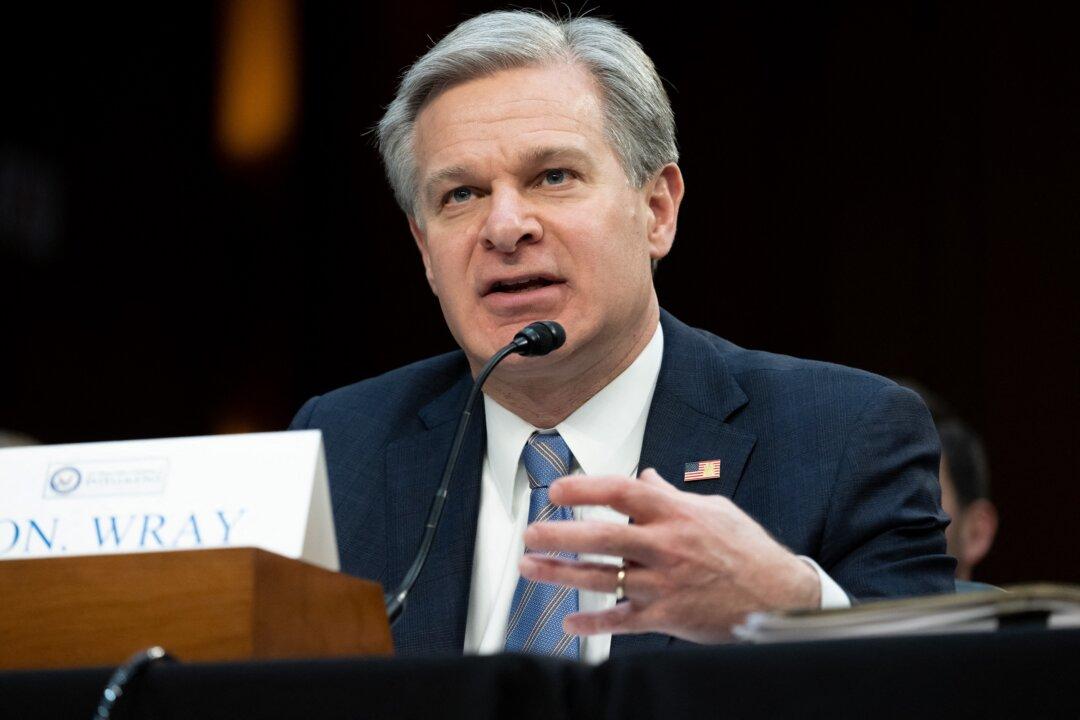U.S. consumer prices rose 2.5 percent year-over-year in January, official non-seasonally-adjusted figures show, representing the biggest such rise since October 2018 and supporting the Federal Reserve’s view that the economy continues along the path of expansion.
The so-called core CPI figures, which exclude the volatile food and energy components, rose a seasonally adjusted 0.2 percent last month after edging up 0.1 percent in December. In January, the core CPI rose by a seasonally unadjusted 2.3 percent year-over-year, rising by the same margin for four straight months.
Prices of airline tickets, health care, recreation, and education were significant contributors to inflation in January.

The Fed tracks the core personal consumption expenditures (PCE) price index for its 2 percent inflation target. The core PCE price index rose 1.6 percent on a year-on-year basis in December. It undershot its target in 2019.
Fed Vexed by Muted Inflation
Powell told a House Financial Services Committee hearing Feb. 11 that while the economy grew at a moderate pace and the labor market strengthened over the second half of last year, inflation remained below the Federal Open Market Committee’s (FOMC) symmetric 2 percent objective.After the FOMC’s most recent rate-setting meeting in late January, during which members ruled to keep the federal funds rate unchanged, Powell expressed concern about inflation running too cool.
“While low and stable inflation is certainly a good thing, inflation that runs persistently below our objective can lead to an unhealthy dynamic in which longer-term inflation expectations drift down, pulling actual inflation even lower,” he said at a press conference on Jan. 29.
Powell said in his Feb. 11 remarks that in the 12 months through December 2019, total personal consumption expenditures inflation was 1.6 percent, while core inflation, which excludes food and energy prices, also stood at 1.6 percent.
Another inflation gauge the Fed uses to inform its rate-setting decisions is market-based inflation expectations. A chart provided by Nicholas Reece, senior financial analyst and portfolio manager at Merk Investments, shows that market participants believe average inflation over the next 10 years will hover around 1.7 percent.

In his remarks, Powell also specified several “important longer-run challenges” that the U.S. economy faces, namely relatively low labor force participation by people in their prime working years and weak productivity growth.
“Finding ways to boost labor force participation and productivity growth would benefit Americans and should remain a national priority,” Powell said.
Allen Sukholitsky, founder and chief macro strategist at Xallarap Advisory, told The Epoch Times in a statement: “Although Chair Powell said that the current stance of monetary policy will likely remain appropriate, the market is pricing almost a 50 percent chance of at least two rate cuts by December.
“We are in the midst of the longest expansion on record, and despite labor market strength, the Fed has still been unable to hit its inflation target,” Sukholitsky said.
January PCE price data will be published later this month, which will provide further insight into how inflation is developing compared to Fed expectations.






Friends Read Free